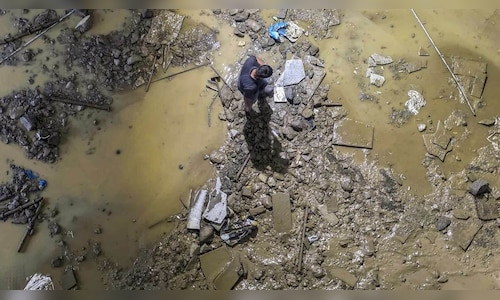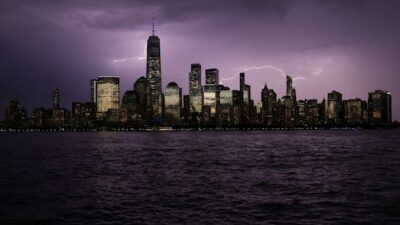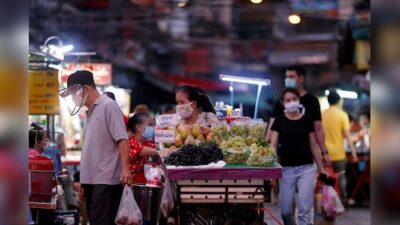In a video statement released late on Tuesday (May 27), MMRC Managing Director Ashwini Bhide stated that the flooding incident, which took place on Monday (May 26) during an intense rainstorm, was unavoidable. “This was an extraordinary event,” Bhide noted, stressing that all standard operating procedures (SOPs) were adhered to in response.
On Monday morning, heavy rainfall amounting to around 90 mm within just 90 minutes resulted in water breaching the concourse and platform levels of Acharya Atre Chowk station, situated at Worli Naka. The station is part of the Aqua Line — Mumbai’s inaugural underground Metro corridor connecting Colaba, Bandra-Kurla Complex (BKC), and Aarey Colony.
Service Update:#MMRC is working tirelessly to prepare #AcharyaAtreChowk station for regular operations.
Train services between #AareyJVLR and #Worli remain unaffected and continue as scheduled.#MumbaiMetro #Metro3Update #मुंबईमेट्रो #AquaLine #PublicTransport pic.twitter.com/poIZPVKjXx
— MumbaiMetro3 (@MumbaiMetro3) May 28, 2025
The incident raised public concerns about passenger safety and invited political scrutiny. However, Bhide affirmed that the rest of the operational corridor was unaffected. “The entire corridor, except Acharya Atre Chowk, was entirely safe and functioning normally,” she remarked, noting that over 40,000 passengers utilized the system on the day of the incident.
Also read | Mumbai Rains Live Updates: IMD predicts a cloudy sky with heavy rain today
Bhide pointed out that the sudden flooding was a result of a rare combination of extreme rainfall and high tide. This convergence caused back-charging and led to the accumulation of about 1.1 million litres of stormwater in a pit at one of the three under-construction entry and exit points of the station.
“The pit could not handle the water volume, and following soil seepage, water infiltrated the underground station up to the concourse and platform levels,” she elaborated. Bhide confirmed that there was no water intrusion into the tunnels or track areas, and the train reversal facility remained operational.
She highlighted that flood protection measures, including a bund wall at the entry-exit point, were in place but were not designed to withstand such a severe event. “We had a flood protection system in place in the form of a bund wall outside the entry-exit, but it was not constructed to endure such an unprecedented phenomenon. Therefore, it could not hold up against the pressure, resulting in water entering the station,” Bhide explained.
Immediate evacuation procedures were initiated, and train operations at the affected station were suspended as part of standard safety protocols. “Passenger safety is our top priority, and all standard protocols are being strictly followed by the MMRC. We ensure that passengers travel in the safest and most comfortable way,” Bhide reassured.
Preventive measures are now being implemented to prevent future occurrences, including the construction of a permanent protection wall in at-risk locations.
While there is no definitive timeline for the resumption of services at Acharya Atre Chowk, efforts are actively underway to restore operations swiftly. “An exact date can’t be specified, but we are working diligently to restore it as soon as possible,” said MMRC spokesperson Vaidehi More.
Also read | Eight fatalities reported as pre-monsoon rains devastate Maharashtra; Pune the hardest hit
The first phase of the 33-kilometre underground Metro line, extending 12.69 km from Aarey Colony (JVLR) to BKC, was inaugurated by Prime Minister Narendra Modi on October 7, 2024. The second phase, covering 9.77 km between BKC and Acharya Atre Chowk, commenced operations on May 10.
Despite this setback, MMRC maintains that the underground Metro remains structurally sound and fully operational throughout its network, apart from the one station affected by this unusual weather event.



